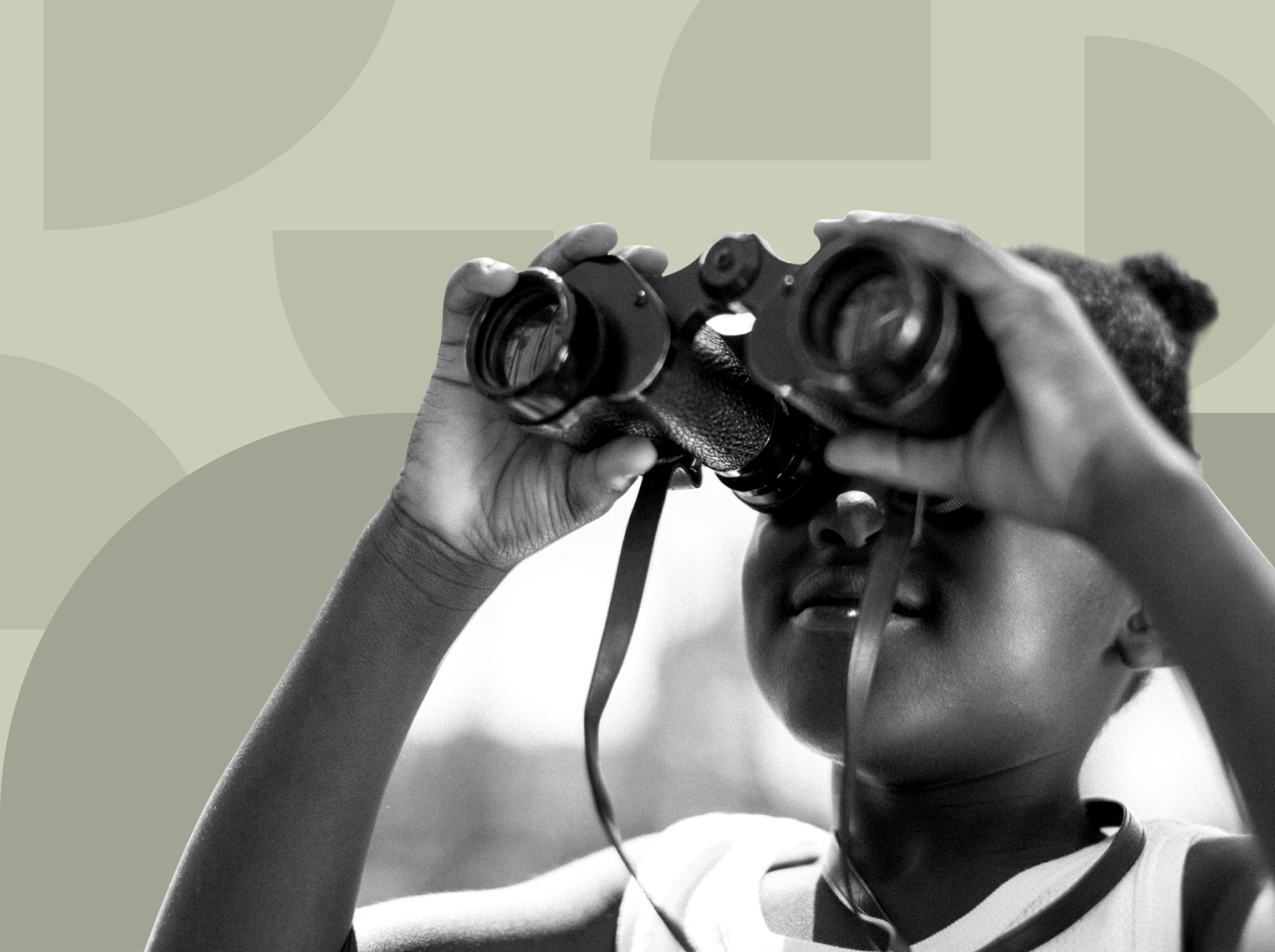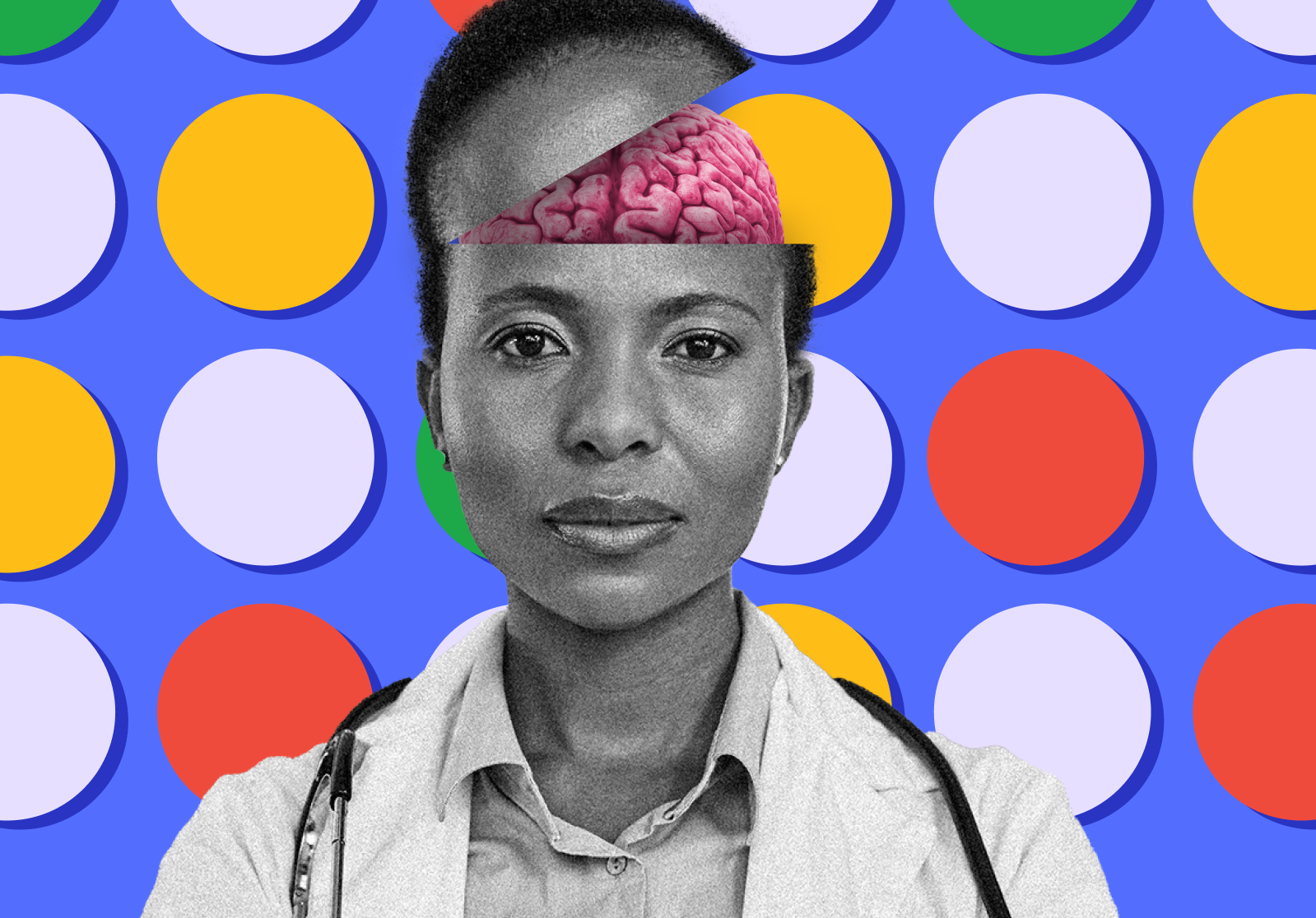Experience Design: The key to differentiating business success

Calls for innovation often reveal a preconceived vision of the types of solutions an organization wants to build. For example, innovation is often conflated with a shift to digital solutions and services or the launch of a specific new product or service. Innovation becomes more like invention—a project of designing and building a particular solution assumed to be differentiated. Within this solution-focused mindset, we forget the importance of identifying, understanding and framing the problem itself. When we don’t spend time sitting with the problem(s) facing our customers and unpacking the assumptions built into our solutions, we risk solving the wrong issue.
What would happen if we stepped back from solution-focused innovation and spent more time truly understanding the problems we’re trying to solve and people we’re solving for? An innovation agenda that takes a design approach to put consumers’ needs (and the brand’s voice) at the centre can also result in some surprising and previously unimagined areas where true innovation lies hidden.
Experience design thinking can be a powerful tool in helping teams shift to a problem-focused, human-centered approach.
Experience design uses an iterative process to continuously improve existing products and services and create totally new ones based on uncovering problems and areas of need in consumers’ lives. So, what might this look like? And how might this be different from a solution-focused approach?
We were recently approached by a non-profit working in the healthcare education space. They wanted to innovate their offerings and partnered with us to help them design an education program for their target users. But what they couldn’t tell us was the problem they were tackling and why another education program would be the right solution. We drew on an experience design approach to help them take a step back, question their assumptions, and sit with the real underlying problem.
Experience design calls on us to start from scratch and take a bottom-up approach to innovation. It starts with deep human exploration and empathy— “deep understanding of the problems and realities of the people you are designing for,” as explained in IDEO’s Human-Centered Design Toolkit. To do this, we need to set aside preconceived notions of ‘consumers’ and their needs and look at people holistically. We need to understand their environments, as well as their roles and interactions within it.
Once we understand the people we’re aiming to reach, the next step is defining the problem. First, we must put aside any solutions we may already have in mind and ask...
Once we understand the people we’re aiming to reach, the next step is defining the problem.
First, we must put aside any solutions we may already have in mind and ask...
What’s the real problem we need to solve?
Are we well-positioned to solve it?
What are people really struggling with?
Where could their lives and experiences be improved?
In the case of our healthcare education client, we learned that a lack of education wasn’t a challenge for their users. What they were really struggling with was keeping up to date in a fast-moving space; lacking access to the information they needed to make tough decisions; and lacking guidance on how to navigate day-to-day issues in their field.
Once we have identified the right problem(s) to solve, we can start to think about designing the right solution(s).
In a traditional approach, user research is often the beginning and end of user involvement. But experience design recognizes the value of moving from solutions that are built for one group by another to those that are built with or built by the group the solutions aim to serve.
We led a collaborative design workshop for our education client, pulling in a cross-functional group from across their organization, as well as their users. While their core team had initially assumed that digital transformation of their education model was the key to unlocking true innovation, the workshop revealed that some of the most transformative solutions that consumers valued lived in solutions that connected people, that created spaces of sociality and sharing, and that moved away from education (which is experienced as didactic and one-way) and towards learning (which is collaborative, social, and hands-on). In the end, while digital solutions and familiar formats were part of the most impactful solutions, they were not the focus—a significant shift had occurred towards thinking about creating spaces that would foster connection and community.
Designing in collaborative groups of internal and external stakeholders (from internal teams to front-line employees to target users) enables the emergent solutions to be creative, sustainable, and to lead to exciting new value for their users. A major added bonus is the excitement co-creation generates within organizations, enabling buy-in and alignment across an organization rather than within a specific team.
Once solutions have been co-created, an experience design approach focuses on testing and iteration.
Rather than building fully-fledged solutions right away, the short-term goal is to rapidly prototype low-fidelity solutions, gather user feedback, and iterate. Ultimately, testing, ideating, and iterating can form a powerful loop, allowing quick feedback on solutions to serve the development of truly impactful solutions.
This process is iterative, it can be messy, and it can be tough.
It can be uncomfortable to challenge our assumptions, to take a step back, and to sit in problems when all you want to do is move forward. But the solutions that emerge are worth it. And there is another gift within the process, because thinking in an experience design, problem-focused mode can create the capacity for iterative innovation within organizations, businesses that embark on such a process will see value created both at the consumer level but also internally. As teams are given the tools and permission to focus on problems, sit with their messiness, and to keep exploring they will continue creating, and iterating in a human-centered way for the company again and again. That is where the magic lives.




